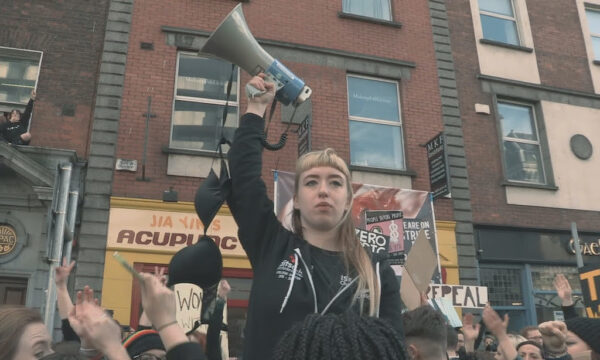Are Londoners being forced out of the capital in favour of profit?

The miracle of gentrification: it fills areas once deemed as undesirable with trendy bars and all rejoice as Time Out crown a new alternative part of London that simply must be discovered.
But as the cultured elite sip on over-priced cocktails and admire bollards designed by Antony Gormley, what becomes of those who are inevitably forced out by this controversial process due to the accompanying higher rents and living costs?
One only has to think back to 2014 and the plight of the Hackney New Era estate, to see how real a problem this is for working-class Londoners. The inhabitants found themselves on the winning side of the battle as they saw off the advances of the Westbrook Brothers, a US asset management firm with ambitious plans to turn the area into its own up-market slice of east London.
Had it not been for the intervention of comedian turned activist Russell Brand, the people of the New Era estate may not have been so lucky.
This, unfortunately, is not an isolated incident, and there have long been fears that those living on low-income wages in London face an uphill struggle when it comes to renting or buying in the inner-city boroughs.
A couple of years before Russell Brand ditched the stage for the soapbox, Elephant and Castle’s Heygate and Aylesbury estates saw many low-income Londoners forced out by the area’s regeneration.
Despite the tenants’ fierce opposition to the project – a London Assembly report released in 2013 found that four in five Heygate residents did not want to move – they were ultimately unsuccessful in their petitions. As a result, according to a Freedom of Information request submitted to Southwark council, at least a thousand households were displaced in Aylesbury alone, whilst Heygate estate was demolished in 2014.
Meanwhile, over in west London, it’s not just working Londoners facing displacement due to the mayor’s Earl’s Court regeneration project, small businesses are also suffering.
It seems businesses can prosper in the capital, as long as they are the desired kind of venture. The Guardian reported last year that cafes in the Hammersmith & Fulham area with a healthy trade found themselves in a position of uncertainty due to the area’s redevelopment and the desire for profit, above all else.
Additionally, the Earl’s Court £8 billion project also saw 760 council estate homes demolished to make way for newer accommodation with a much higher price tag, forcing many out of the area.
To add to the plight of low-income Londoners, there are wannabe-Londoners who come to the city in search of work and opportunity and create greater competition within the housing market. They are left renting tiny rooms for the price of a flat in Leeds with little other viable option unless they are willing to move further out of the city.
Despite many believing that renting in the capital is fast outpacing the rate of real wage increases, real estate agents Marsh & Parsons believe that private rent will grow by another ten per cent over the course of the next year due to the high demand for rooms and flats in the city.
Rent caps have been muted by various organisations and besides being hard to implement, there is no hard evidence that this would successfully stabilise such a volatile area of the economy.
So, if neither Londoners can afford to live in the city nor those in search of higher paid jobs, it seems that those able to live in the capital are few and far between.
If the profits of landlords and big companies are constantly put above the needs of Londoners then surely the capital’s centre will eventually become a huge doughnut where nobody but the rich and privileged will be able to live, and what a tragic reality that would come to be.
Joey Tyson

















Facebook
Twitter
Instagram
YouTube
RSS